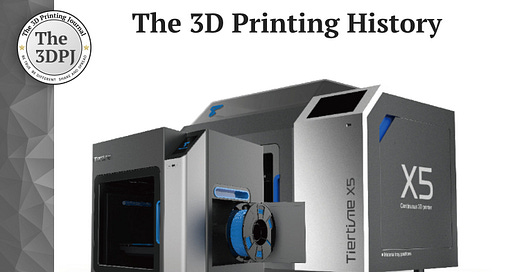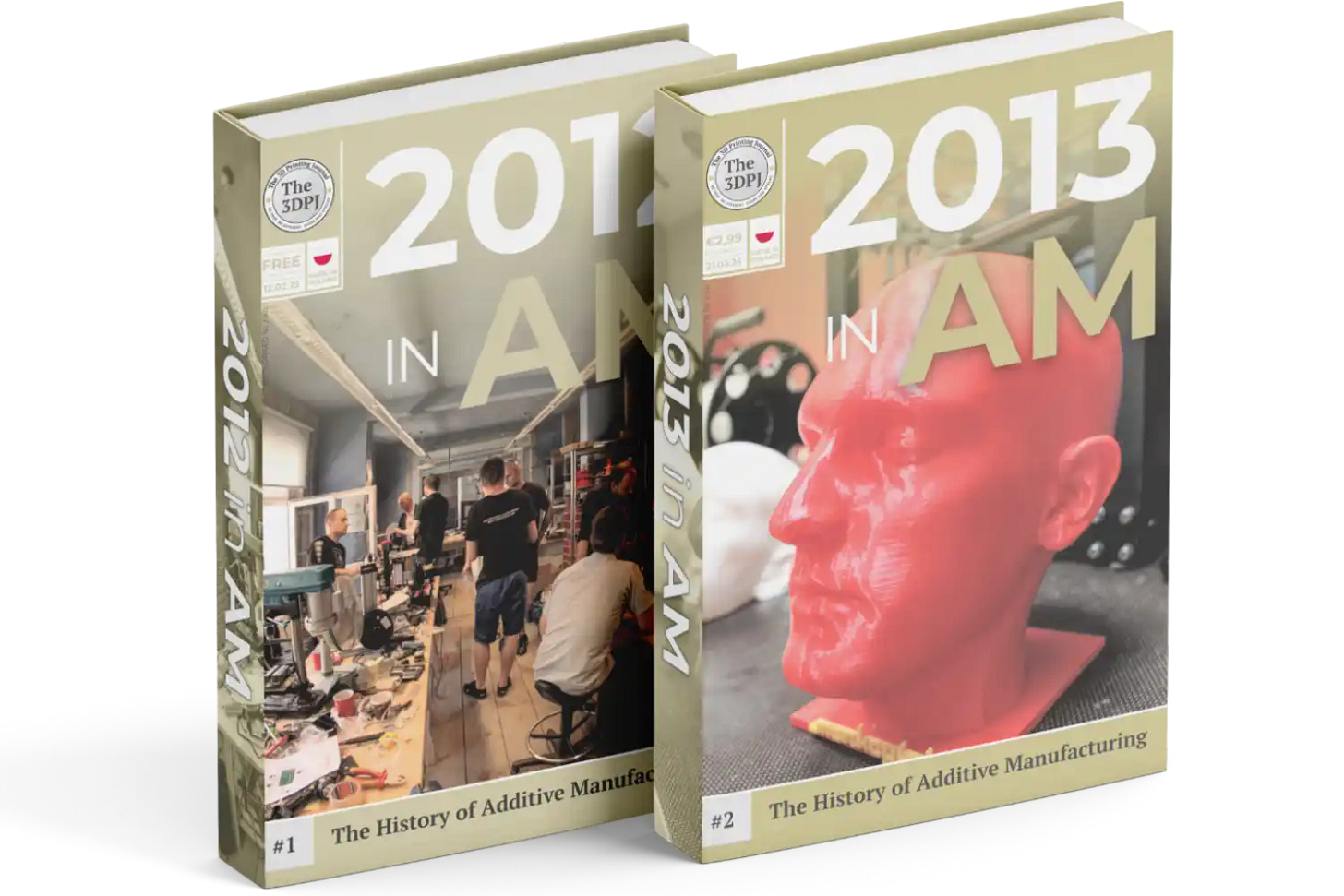04-15-2018: Tiertime launched three 3D printers – the UP Mini 2 ES, UP300, and X5
X5 was equipped with „continuous 3D printing" feature
On April 15, 2018, Tiertime—then still one of the most important Chinese companies in the Western 3D printing market—announced the release of three new FFF desktop-grade 3D printers: the UP Mini 2 ES, UP300, and X5. As was often the case with the company, the printers were ahead of their time in many ways, but they failed to gain traction in Western markets, which were already swept up in the wave of ultra-low-cost 3D printers from brands like Creality, Anet, and Tronxy.
The UP Mini 2 ES was an upgraded version of the UP Mini 2—the company’s most popular model, especially in the hobbyist and educational sectors. The UP300 featured a significantly larger build volume (205 × 255 × 225 mm) and came with three interchangeable extruders: one for PLA, one for ABS, and one for TPU. It had a fully enclosed build chamber and a built-in HEPA filtration system.
The most innovative model was the X5, which introduced a "continuous 3D printing" feature. Inside the printer was a system of multiple build plates. Once one plate finished printing, it would automatically be removed, allowing the printer to begin the next print on a new platform. Additional plates could be added or removed through side doors in the X5’s build chamber.
Tiertime was founded in China in 2003 by Allen Guo and a group of Tsinghua University graduates. Initially, the company focused on rapid prototyping machines for industrial and academic use, including the Inspire series.
The real breakthrough for Tiertime came in 2009, when Stratasys’ key FDM patents expired, and the RepRap project gained traction as an open-source 3D printing platform. In response, Tiertime developed the UP Plus—a compact 3D printer designed for home users. It stood out with its metal frame, stepper motor-driven extruder, and thin filament (1.75 mm).
A key innovation from Tiertime was its proprietary UP! software, which greatly simplified the 3D printing process with optimized profiles, automatic support generation, and platform calibration. In 2013, the company released the UP Plus 2, the first printer in its class with auto bed leveling. It earned accolades from outlets like Make magazine and even made an appearance in Iron Man 3.
Despite its innovation and early influence on desktop 3D printing (for instance, the Zortrax M200 borrowed heavily from Tiertime’s designs), the company ultimately lost the race to fellow Chinese competitors like Creality and Anycubic, who came to dominate the desktop market. The launch of the printers described above coincided with the release of the Creality Ender 3—a groundbreaking printer that reshaped the entire industry.
Source: www.tiertime.com






